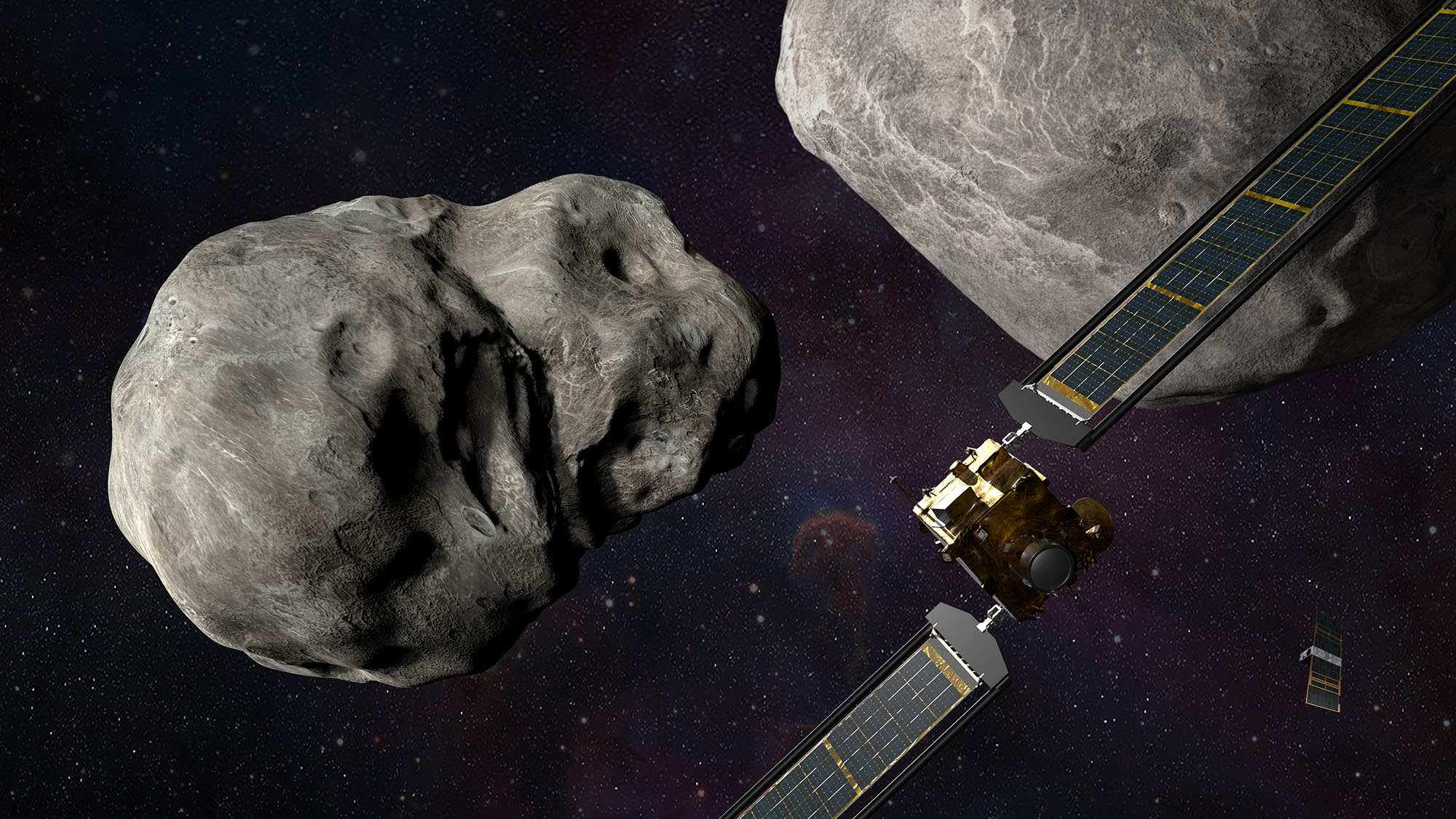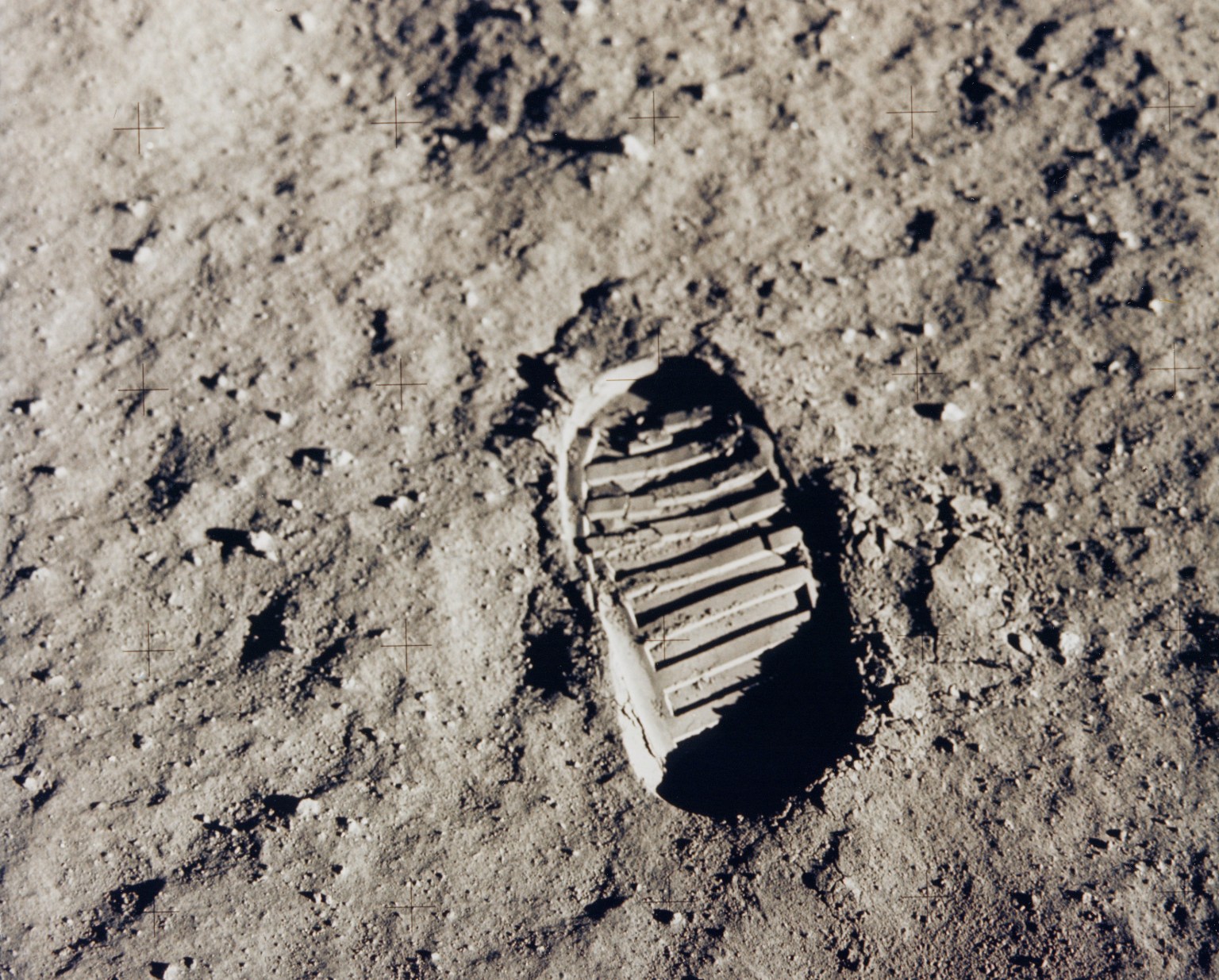When NASA’s Double Asteroid Redirection Test (DART) spacecraft begins its final mission phase, it will see a 4-megapixel view of nothing but a few very dim dots of light. At this point it’s four hours and somewhere between 54,000 and 61,000 miles from its goal — a small asteroid moonlet named Dimorphos whose orbital path DART will shift ever so slightly. From this distance, a tiny maneuvering error could be the difference between hitting Dimorphos and racing past it at more than 13,000 miles per hour. DART won’t even be able to see Dimorphos until around an hour before the collision, and maximizing the likelihood that DART hits this dim, mostly unknown asteroid requires a new navigation system that can direct a spacecraft entirely on its own without any human intervention.
SMART Nav is a set of computational algorithms on DART that, with the rest of the spacecraft’s guidance and navigation system, will independently find Dimorphos and guide the spacecraft into it. Scientists knew from the outset of DART’s development that the mission would need an autonomous component, but it had to be very different from anything before it — something that was free to self-inform and make decisions on its own. “With SMART Nav, it’s no longer about just keeping the spacecraft in a prescribed orientation or carrying out correction maneuvers. It’s about conducting the entirety of the last four hours of the mission without any human intervention”, said Mark Jensenius, a guidance and navigation control engineer on the SMART Nav team at the Johns Hopkins Applied Physics Laboratory in Laurel, Maryland. “It’s about locating objects in space, selecting the correct asteroid, estimating trajectory corrections and commanding maneuvers on-the-fly to achieve the higher-level directive of ‘hit Dimorphos.’”
Learn more about SMART Nav, the new technology that will help make DART’s kinetic impact with Dimorphos possible, in this interactive scrolling story: https://www.jhuapl.edu/interactive/navigating-double-asteroid-redirection-test-on-its-own

































